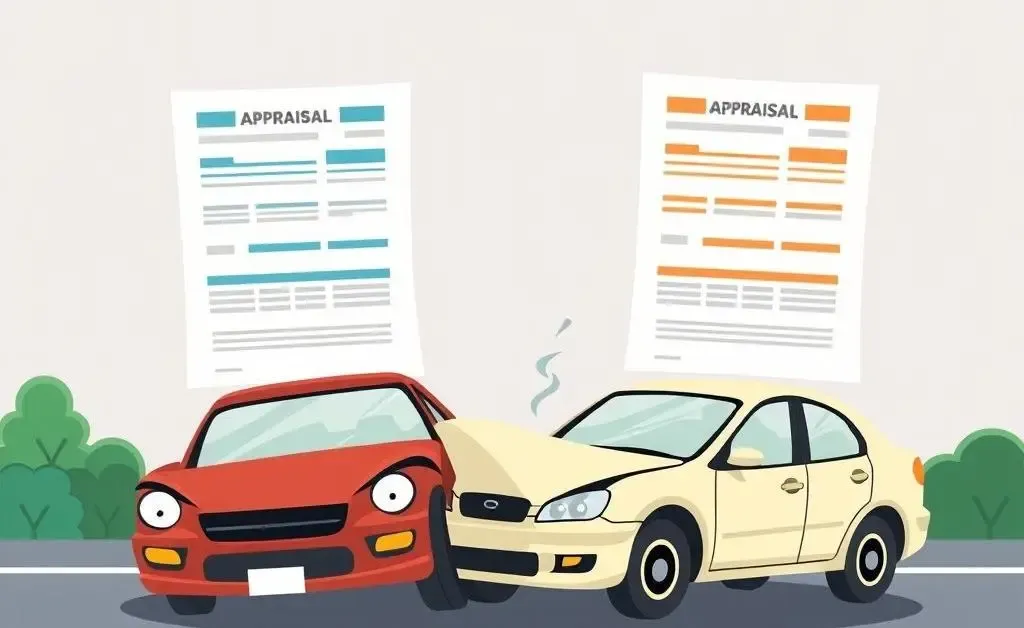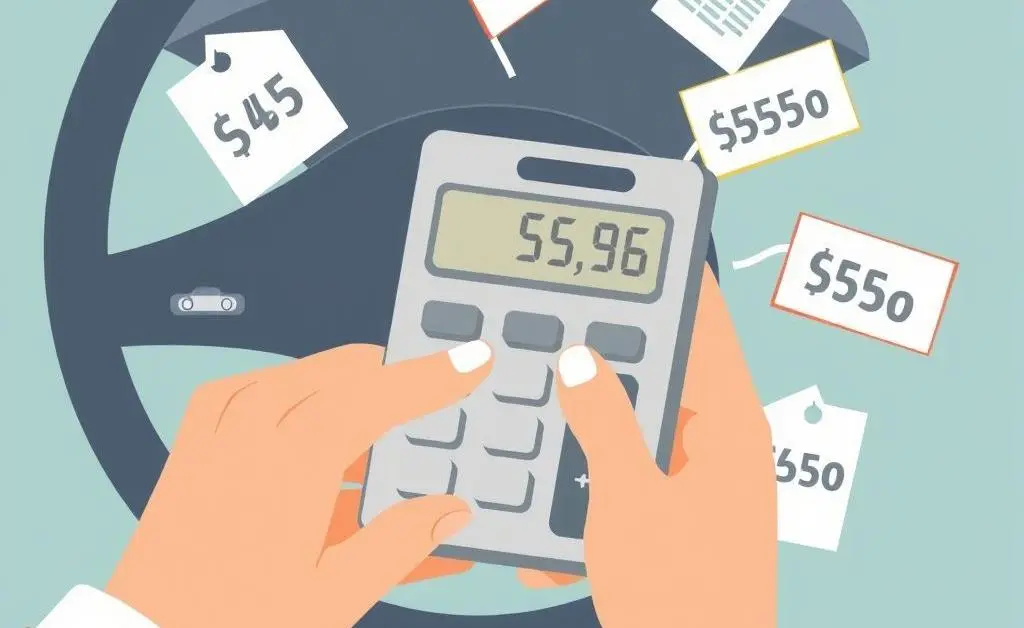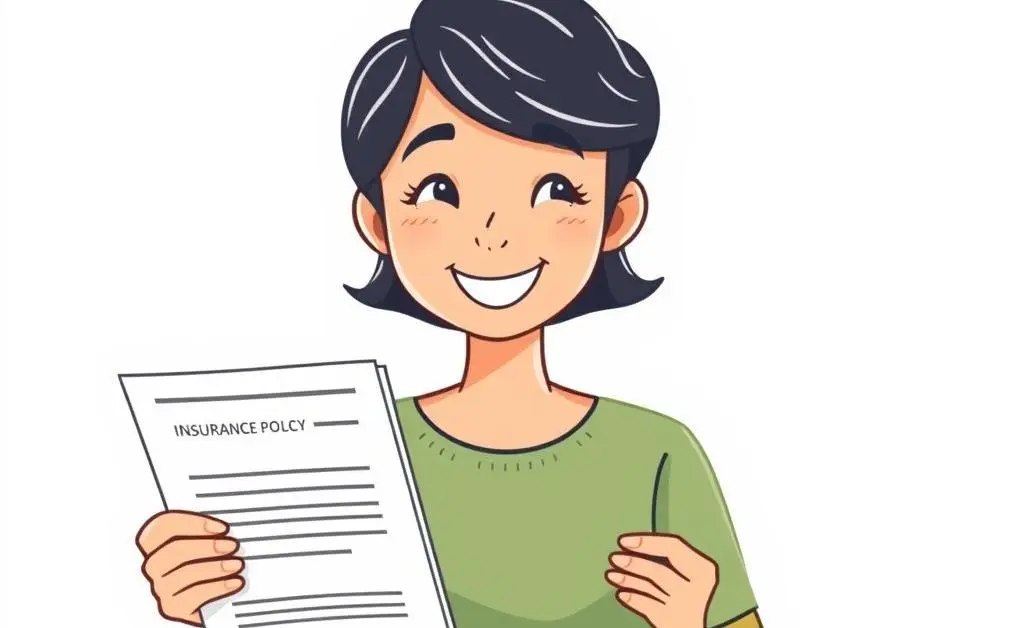How to Navigate Diminished Value Claims After an Accident
Learn the ins and outs of diminished value claims after a car accident with our friendly guide!

Ever wondered what happens when your car loses value after an accident, even post-repair? It's like buying a brand-new phone, dropping it once, fixing the screen, but somehow, it just doesn't hold the same appeal. This is where the concept of diminished value claims comes into play.
Understanding Diminished Value
Diminished value refers to the lost worth of a car following an accident and its subsequent repairs. Even if your car looks shiny and new, potential buyers or dealerships might lower its value due to its accident history. Think of it as a scar that never fully fades.

Types of Diminished Value
Before diving into claims, it's helpful to know which type you're dealing with:
- Immediate Diminished Value: This refers to the difference in market value before and immediately after the accident, before any repairs.
- Inherent Diminished Value: The most common form, representing the loss after repairs, due to the car's accident history.
- Repair-Related Diminished Value: When faulty or incomplete repairs fail to restore the car to its original condition.
Making a Diminished Value Claim
Filing a claim might sound daunting, but it doesn't have to be. Here's a fictional anecdote to lighten the process:
Jake, a car enthusiast, was initially outraged when his pristine sports car was rear-ended. After repairs, it drove like a dream, but on attempting to sell it, Jake found out it was worth significantly less because of the accident history. A quick chat with his insurance firm, a few appraisals, and Jake received compensation to bridge the gap.

Steps to File a Claim
- Check your vehicle insurance policy to ensure you're covered.
- Gather all evidence, including repair invoices and accident reports.
- Obtain a professional appraisal of the vehicle's diminished value.
- Submit the claim to your insurance company along with all documentation.
- Be prepared to potentially negotiate for a fair payout.
What to Expect
Patience is key in this process. Negotiations can take time, and while it's not always possible to get the full value, many find the compensation satisfactory.

Conclusion
You've navigated the tricky roads of diminished value claims! Next time you're in an accident, you'll be better prepared to ensure your car's worth holds steady.
Have you ever tried to make a diminished value claim? How did it go, and what did you learn?




